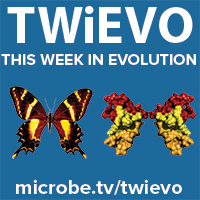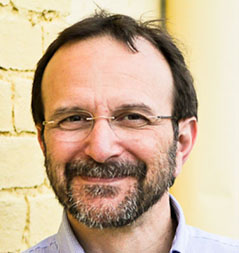Louise Moncla joins Nels and Vincent to review her use of genomics to understand emergence, evolution, and transmission of respiratory viruses including influenza virus H5N1, mumps virus, and SARS-CoV-2.
Nels and Vincent discuss an analysis of the drivers of evolution of SARS-CoV-2 during chronic infections, indicating that a tradeoff exists between antibody evasion and fitness.
Nels and Vincent provide an update on cases of monkeypox, and summarize a biochemical view of three changes in the SARS-CoV-2 spike protein that may balance positive and negative selection.
Nels and Vincent review isolation of SARS-CoV-2-like viruses from bats in Laos that can replicate in human cells.
Nels and Vincent review three aspects of SARS-CoV-2: phylogenetics of Omicron, a two-step fitness selection for SARS-CoV-2 variants, and putative RNA insertions from host genomes.
Nels and Vincent explain a method to calculate the mutation rate of SARS-CoV-2, and the role of a single amino acid change in spike in enhancing fitness of the delta variant and enabling it to out-compete the alpha variant.
Nels and Vincent discuss the identification of novel bat coronaviruses that shed light on the evolution of SARS-CoV-2, dating the first cases of COVID-19 to mid-November 2019, and recovery of deleted genome sequences from early in the Wuhan outbreak.
Nels and Vincent explain a new method for calculating the most recent common ancestor of SARS-CoV-2, which concludes that the ancestral virus was circulating in October/November 2019, before its first detection in China.
Nels and Vincent review a preprint demonstrating that changes in the genomes of the SARS-CoV-2 variants B1.351 and P.1 allow the viruses to reproduce in mouse cells in culture and in laboratory mice.
Nels and Vincent consider evolution of antibody immunity to SARS-CoV-2, and update the situation on novel virus variants of concern with potentially altered fitness and reactivity with antibodies.



